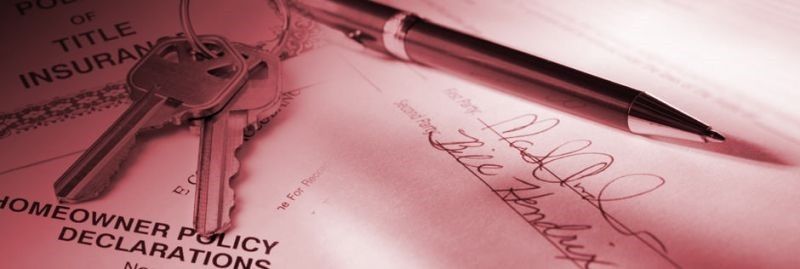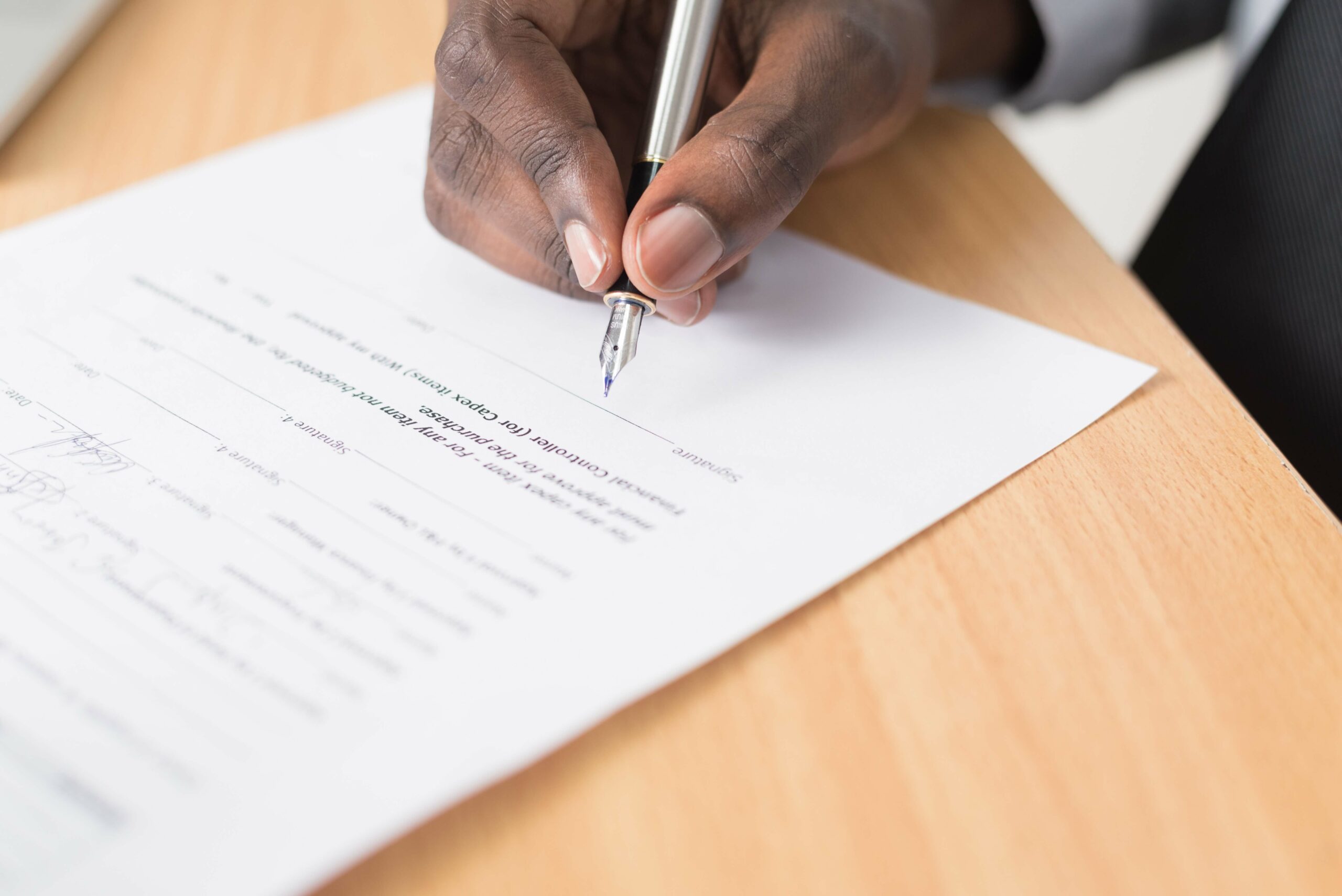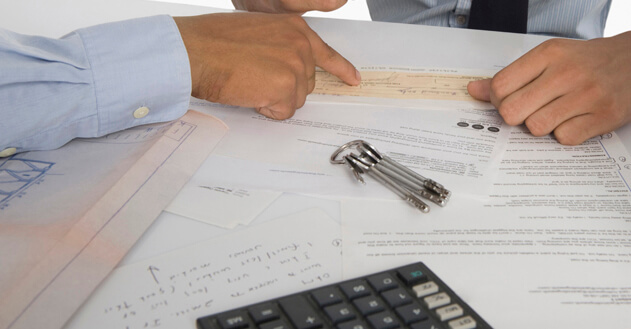In
response to the COVID-19 virus, lawmakers across the country are scrambling to
pass a number of measures to blunt the ill effects of the pandemic to allow for
real estate and loan closings. Specifically, New York Governor Andrew
Cuomo has taken steps to enable “remote notarizations” in an effort to maintain
social distancing practices.
A.
THE EXECUTIVE ORDER
On March
19, 2020, New York Governor Andrew Cuomo signed Executive Order No. 202.7:
Continuing Temporary Suspension and Modification of Law Relating to the
Disaster Emergency (“EO 202.7”). EO 202.7 allows, among other things,
that any “notarial act that is required under New York State law is authorized
to be performed using audio-video technology provided the following conditions
are met:
(i) The person
seeking the Notary's services, if not personally known to the Notary, must
present valid photo ID to the Notary during the video conference, not merely
transmit it prior to or after; (ii) The video conference must allow for direct
interaction between the person and the Notary (e.g. no pre-recorded videos of
the person signing); (iii) The person must affirmatively represent that
he or she is physically situated in the State of New York; (iv) The
person must transmit by fax or electronic means a legible copy of the signed
document directly to the Notary on the same date it was signed; (v) The
Notary may notarize the transmitted copy of the document and transmit the same
back to the person; and (vi) The Notary may repeat the notarization of the
original signed document as of the date of execution provided the Notary
receives such original signed document together with the electronically
notarized copy within thirty days after the date of execution.”
B.
PRACTICE TIPS
In light
of this recent change in the law, notaries, lenders, and insurers—among
others—must be aware of the new regulations required in remote notarizations to
maintain compliance and thwart potential acts of fraud. As such, readers
should consider implementing the following tips to ensure compliance in this
novel “remote” environment:
1.
VERIFY AN UNKNOWN SIGNER’S IDENTITY: A remote notary
should take extra precautions to verify the identity of an unknown
signer. Under EO 202.7, if the signer is not personally known to you, the
signer must present valid photo ID to you during the video
conference, not merely transmit it prior to or after the notarial
session. Further, by way of example, if the unknown signer produces a
driver’s license as a form of identification, be sure to carefully inspect the
name, birth date, photograph, height, eye color, and listed address for
compliance and authenticity.
2.
VERIFY THE SIGNER’S LOCATION: EO 202.7 requires that
the signer “must affirmatively represent that he or she is physically situated
in the State of New York.” Accordingly, a remote New York notary must
verify where the signer is remotely situated before performing the notarial
act.
3.
RECORD THE SESSION: A remote New York notary should
make an audio-visual recording of the notary session and preserve the recording
for an extended period of time. Although EO 202.7 does not specifically
mandate that a remote notary record (or preserve) the notary session, such a
practice will ensure compliance with the requirement that “[t]he video
conference . . . allow for direct interaction between the person and the Notary
(e.g. no pre-recorded videos of the person signing).”
For a copy
of the bill, please contact Michael O’Donnell at modonnell@riker.com or Anthony Lombardo at
alombardo@riker.com.
Please
visit Riker Danzig’s COVID-19
Resource Center to stay up to date on all related legal issues.




